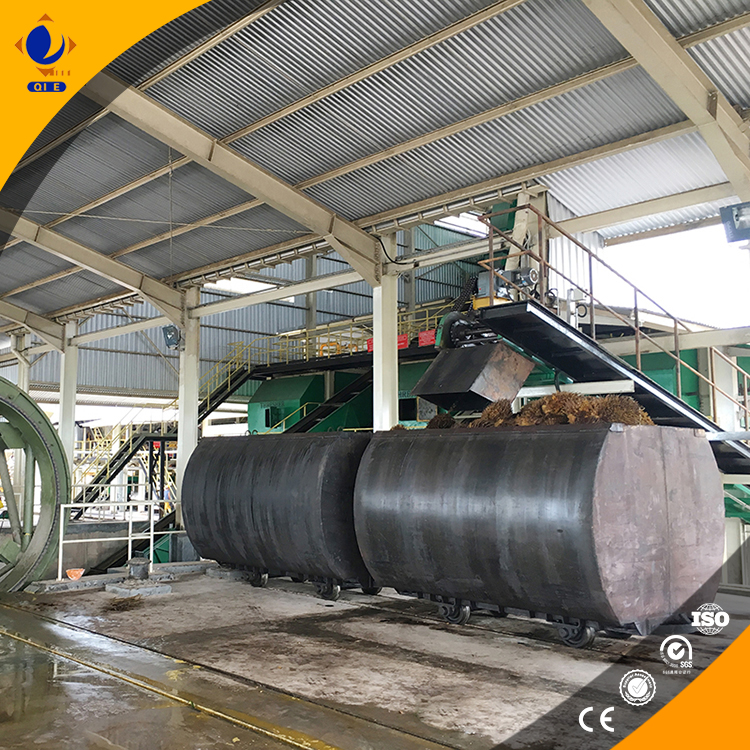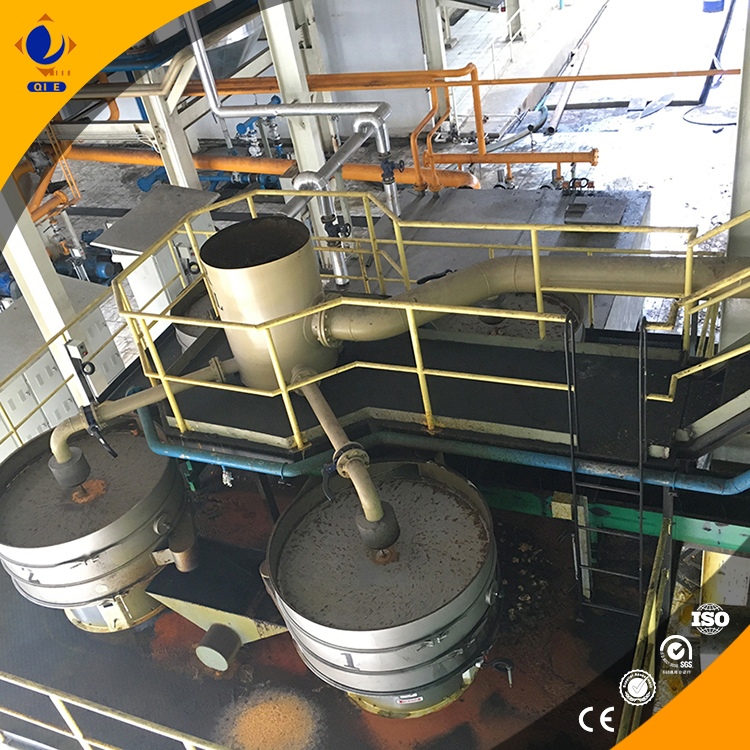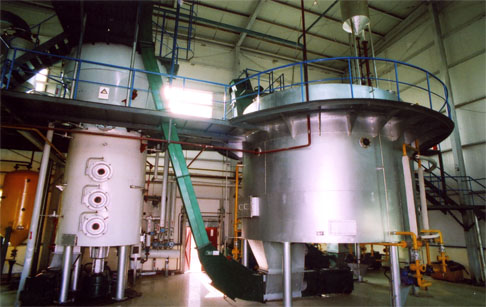
Mustard oil is a versatile and valuable product with a wide range of applications. It is commonly used in cooking, cosmetics, and traditional medicine. The global market demand for mustard oil has been steadily increasing, with an estimated annual growth rate of 5% in the past five years. This growing demand has led to the establishment of numerous mustard oil extraction plants worldwide.
There are three main extraction methods for mustard oil: cold - pressing, hot - pressing, and solvent extraction. Each method has its own process, advantages, and disadvantages.
Cold - pressing: This method involves pressing mustard seeds at low temperatures (below 40°C). It preserves the natural flavor and nutrients of the oil. However, the extraction efficiency is relatively low, typically around 30 - 35%. The equipment required for cold - pressing includes a hydraulic press, a seed cleaning machine, and a filtering device. The hydraulic press should have a pressure capacity of at least 20 tons to ensure effective extraction.

Hot - pressing: In hot - pressing, mustard seeds are heated to a temperature of 80 - 100°C before pressing. This method increases the extraction efficiency to about 40 - 45%. But it may cause some loss of nutrients and change the flavor of the oil. The necessary equipment includes a heating device, a screw press, and a refining system. The screw press should have a high - speed rotation capacity to ensure continuous extraction.

Solvent extraction: This method uses solvents such as hexane to extract oil from mustard seeds. It has the highest extraction efficiency, up to 90%. However, it requires a more complex and expensive equipment setup, including a solvent extraction tank, a distillation unit, and a solvent recovery system. The solvent extraction process also requires strict safety measures.

When setting up a mustard oil extraction plant, it is crucial to select the right equipment according to the chosen extraction method. Factors such as equipment performance, quality, and cost should be carefully considered. For example, if you prioritize the natural quality of the oil, cold - pressing equipment may be the best choice, despite its lower extraction efficiency. On the other hand, if high - volume production is your goal, solvent extraction equipment may be more suitable.
Regular equipment maintenance and timely updates are essential for the stable operation of the extraction plant and the quality of the final product. Well - maintained equipment can reduce downtime by up to 30%, and updated equipment can improve extraction efficiency by 10 - 15%. For instance, a plant that updated its old screw press to a new high - efficiency model saw a significant increase in daily oil production from 5 tons to 7 tons.
A mustard oil extraction plant in India adopted a comprehensive equipment maintenance and update plan. They upgraded their solvent extraction system and optimized the operation process. As a result, their oil production increased by 20%, and the quality of the oil met international standards. This improvement helped them expand their market share in Europe and Asia.
In conclusion, mastering the equipment maintenance and update application tutorial can significantly enhance the operational efficiency and product quality of a mustard oil extraction plant, thereby strengthening the brand's competitiveness in the global market.
Ready to upgrade your mustard oil extraction plant? Contact us now to get professional advice and high - quality equipment solutions!

